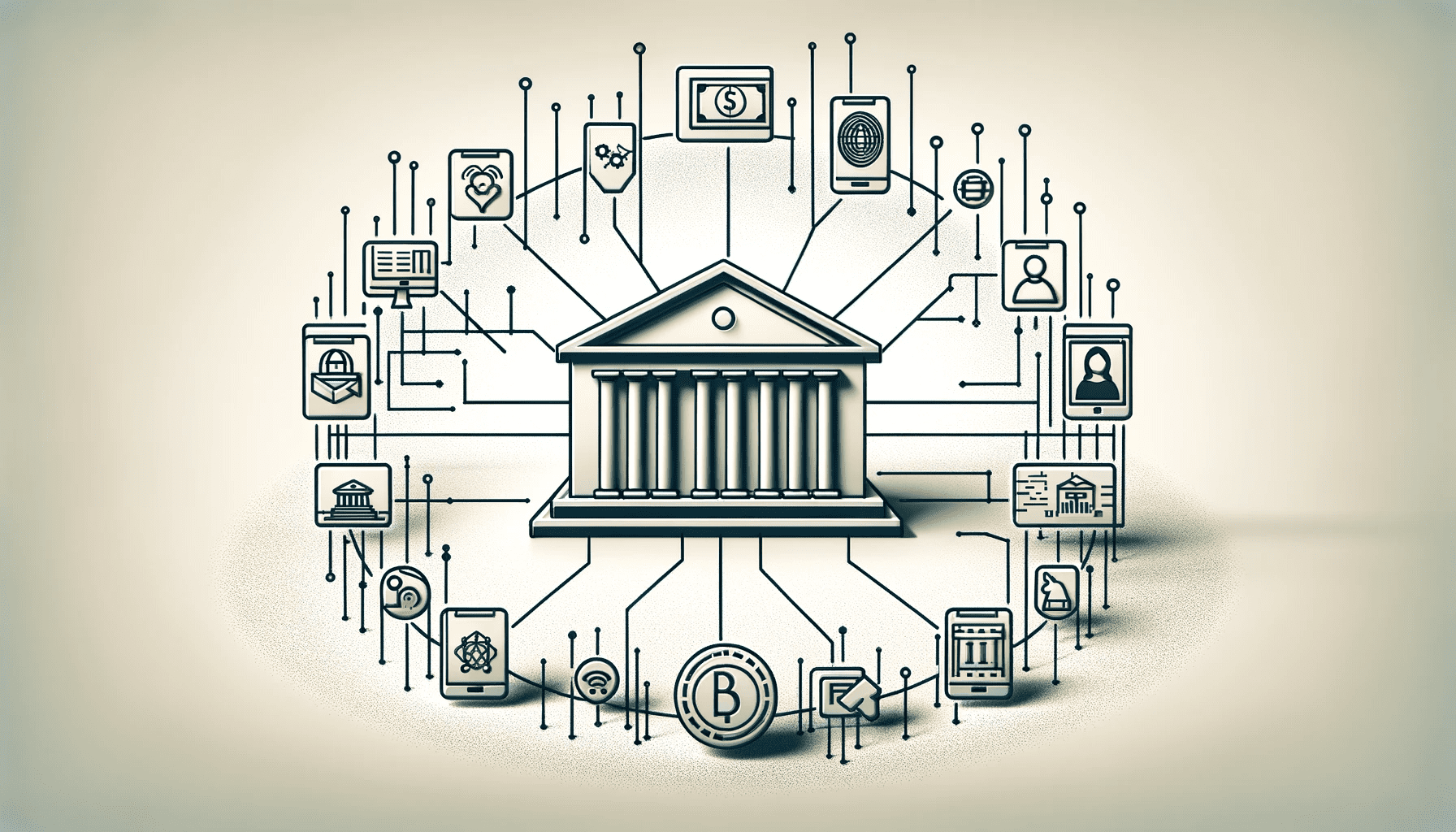The banking business is continually changing, and technology will have a bigger impact on how banking operates in the future. Various technological breakthroughs, like biometrics, blockchain, and artificial intelligence, are being used by banks to improve customer service, boost security, and streamline procedures. For the banks, putting these new technologies into use presents additional difficulties.
Artificial intelligence is one of the major ways that technology is changing the banking sector (AI). Virtual assistants and chatbots driven by AI are enabling banks to offer round-the-clock client support and can also help banks to enhance their best sanctions screening tools. This can involve putting a red flag on questionable transactions, seeing fraud tendencies, and figuring out potential dangers. AI can also be applied to the credit rating process, which enables banks to decide on loans more quickly and accurately.
Blockchain is a significant area where technology is making a difference. The distributed ledger technology known as blockchain, which forms the basis of cryptocurrencies like Bitcoin, enables safe, open, and unchangeable transactions. Banks are investigating the use of blockchain for a variety of applications, including supply chain management, trade finance, and cross-border payments. These procedures could be improved upon in terms of efficiency, security, and cost-effectiveness by using blockchain technology.
Additionally, banks are utilizing biometrics like voice, fingerprint, and facial recognition to improve security and simplify banking for customers. Customer identification, authentication, and security are all possible using biometrics. By doing this, fraud can be decreased and client confidence in the bank can rise.
Technology does present banks with certain difficulties, though, in addition to these potential. Data security and privacy are among the biggest difficulties. Banks are required by law to safeguard and protect the data of their clients. Since more people are using technology, there have been more cyberattacks and data breaches, which could have a negative impact on clients and the bank’s reputation. To reduce these risks, banks must continually invest in security measures and stay current with emerging security trends.
The evolving client behavior is another difficulty. Customers now expect banks to offer seamless, quick, and convenient services as a result of the growth of digital banking. To achieve these expectations and keep their customer base, banks must continuously adapt and enhance their digital services.
The ever-changing regulatory environment is one more difficulty. Banks must maintain awareness of and adherence to the rules and regulations set forth by regulatory organizations. Technology use can bring up new dangers, and banks need to be ready to address these risks and guarantee compliance.
The cryptocurrency industry and banking
As the cryptocurrency industry continues to expand and become more mainstream, we are likely to observe increased regulation. Governments and regulatory bodies across the globe are debating how to best regulate cryptocurrencies and related businesses, and we can anticipate the development of additional laws and regulations over time.
It is important to note, however, that increased regulation does not necessarily have a negative effect on the growth rate of the banking system. In fact, according to some experts, increased crypto regulation could lead to greater stability and confidence in the banking system as a whole. Consumers and investors may feel more confident in the banking system’s safety and dependability if clear guidelines and regulations are established for both traditional and crypto-related financial services. In the end, the impact of increased regulation on the banking system will depend on a variety of factors, including the particulars of the regulations and how they are implemented in practice.
In conclusion, technology is changing the banking sector in various ways, from strengthening security to bettering customer service. Various technological breakthroughs, like biometrics, blockchain, and artificial intelligence, are being used by banks to improve customer service, boost security, and streamline operations. For the banks, putting these new technology into use presents additional difficulties. To take advantage of technology and maintain industry competitiveness, banks must be ready to handle these difficulties and assure regulatory compliance.








